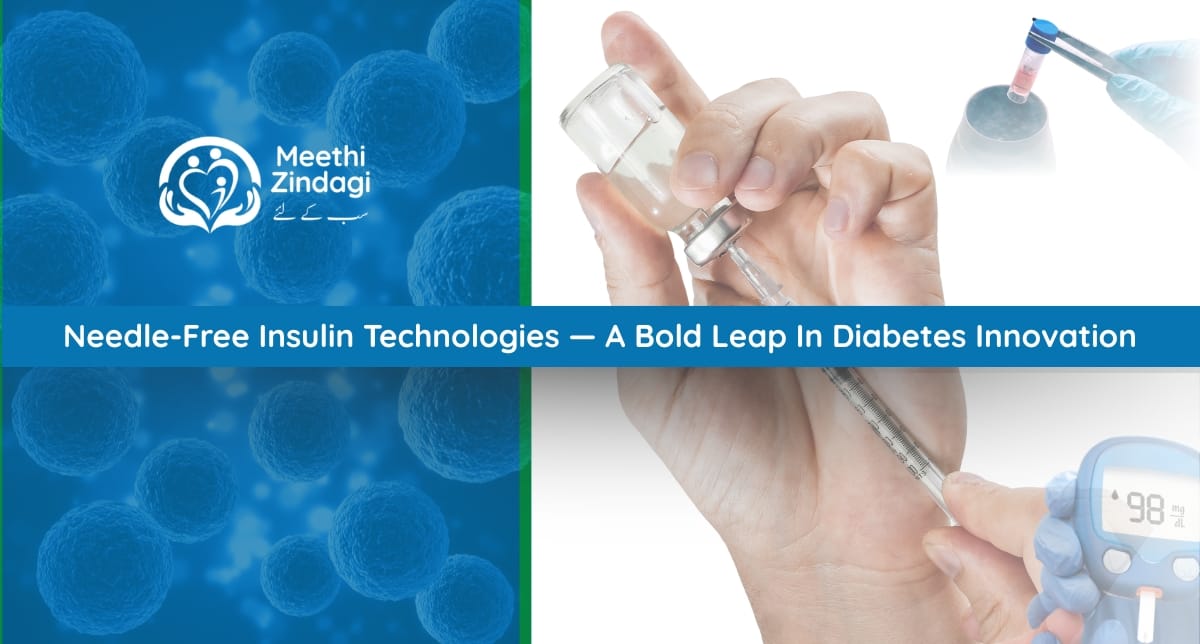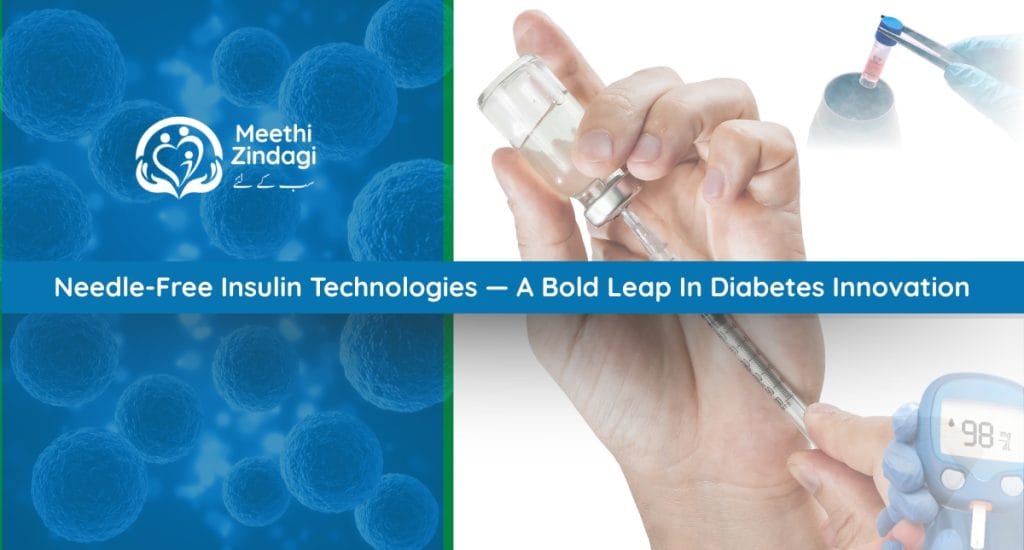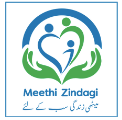For decades, people living with diabetes, especially type 1, have relied on daily insulin injections to manage their condition. While insulin is a lifesaving medicine, the pain, inconvenience, and social stigma attached to needle use remain problematic. But research has found optimal ways to tackle this situation. The diabetes world might be introduced to insulin and needle-free delivery technologies.
These ideas promise to make insulin delivery less invasive, more accessible, and even more effective for many people. Let’s break down what they are, how they work, and why they could be a relief for diabetes management.
What Is Oral Insulin?
Oral insulin is a type of insulin that you can consume by mouth, like a pill, instead of through an injection. Insulin is a hormone that’s notoriously difficult to deliver through the mouth. The reason? Our digestive system is built to break down proteins, exactly what insulin is. So, for years, oral insulin was thought to be nearly impossible. But recent breakthroughs in pharmaceutical technology are rewriting that narrative.
By using protective coatings and nano-carriers, researchers have now developed oral insulin formulations that can pass through the stomach without being destroyed and be absorbed in the small intestine. This allows the insulin to enter the bloodstream and do its job, managing glucose levels effectively, without needles.
Needle-Free Technologies Beyond Pills:
While oral insulin is one approach, other needle-free methods are also gaining traction. These include:
- Insulin Patches: These deliver insulin through the skin using microneedles so tiny they don’t cause pain.
- Inhalable Insulin: A powder form of insulin that can be inhaled through the mouth using a device similar to an asthma inhaler.
- Jet Injectors: These use a high-pressure stream to push insulin through the skin without a needle.
Each of these has its pros and cons, but the common goal is clear. Make insulin delivery easier, more dignified, and more consistent.
The Global Impact:
China is at the forefront of oral insulin development. It has completed Phase III trials for an oral insulin targeting type 2 diabetes and has submitted a marketing authorization application. If approved, China could become the first country to offer oral insulin to patients.
Another important global breakthrough is Afrezza. It is a type of insulin that you inhale through your mouth, rather than inject with a needle. It’s used to help people with diabetes control their blood glucose levels, especially around mealtimes. Afrezza works very quickly, usually within minutes, making it different from traditional insulin injections that take longer to start working. It’s designed for adults with either type 1 or type 2 diabetes, but it’s not right for everyone. People with lung problems like asthma or COPD shouldn’t use it. Countries like the United States, Brazil, and India have received approvals for public use.
The United States conducted Phase III trials for its oral insulin candidate, ORMD-0801, in the U.S. However, they discontinued these trials in January 2023 due to unsatisfactory results.
South Korean and Canadian researchers are developing an oral insulin tablet aimed at eliminating the need for injections. This research is particularly significant for improving insulin accessibility in regions where refrigeration is limited.
Talking about Pakistan, oral insulin can be revolutionary. Many people with type 1 diabetes are undiagnosed, and for those who are, proper management is often inconsistent. The barriers? Limited access to healthcare, poor health education, and the social discomfort of using needles in public or at school and work.
Needle-free technologies could significantly lower these barriers. Imagine a student with type 1 diabetes who can manage their glucose with a morning pill instead of hiding in a bathroom to inject insulin. Or a daily wage worker who no longer skips doses because they can’t carry a syringe to work. These are real, everyday situations where the delivery method matters.
Also, the fear or discomfort around taking injections, especially for women in traditional communities, can make it harder for them to stick to their treatment. Oral or needle-free insulin has the potential to reshape cultural perceptions and make consistent diabetes management more socially acceptable.
The Challenges Ahead:
Of course, the road to widespread adoption isn’t without hurdles. Oral insulin is still in clinical trial phases and is not yet approved for mainstream use. Needle-free alternatives like inhalable insulin exist but are costly and not widely available.
Any new technology must be scaled and subsidized to meet the needs of low- and middle-income populations. Government involvement, partnerships with NGOs, and local manufacturing could help bring these technologies within reach.
Conclusion:
Oral insulin and needle-free technologies are more than just medical innovations; they’re tools for dignity, inclusion, and better quality of life. For everyone around the world and diabetes sensitive regions like Pakistan, they represent a future where diabetes management is not only effective but also simpler, more humane, and shaped according to the realities of everyday life.



